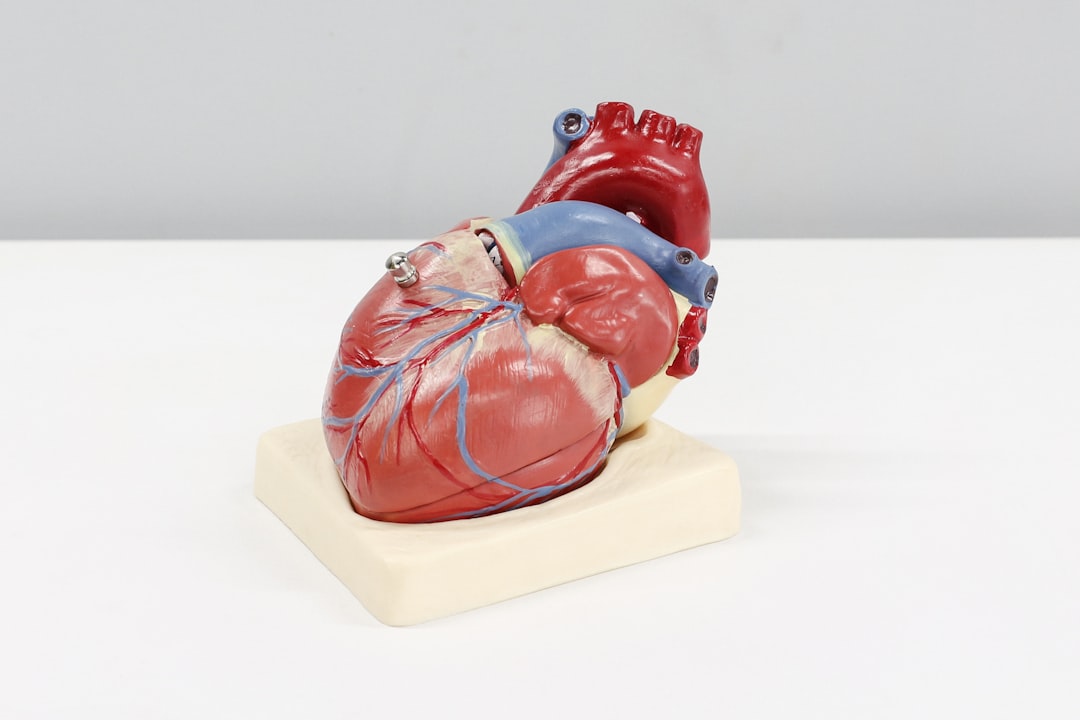What is it about?
This study tests whether investigations of elbow joint range of motion with the bare, fossil bones of dinosaur forelimbs are providing useful information of living range of motion, by repeatedly measuring range of motion throughout sequential dissections of alligator and ostrich elbow joints.
Featured Image
Why is it important?
Our results indicate that, if variables are accounted for, studies with similar methodologies may be underestimating living range of motion in the elbow joints of dinosaurs. This work provides a baseline to further test whether it is possible to extrapolate living range of motion in dinosaur forelimb joints from range of motion studies of their bare, fossilized arm bones.
Perspectives
This experiment, and the other experiments performed simultaneously on the other forelimb joints of these alligators and ostriches, were designed due to my (JDH) concern that paleontologists were performing range of motion tests that were neither repeatable, nor utilizing statistical tools commonly found in other scientific fields. This issue is of major concern to me (JDH) because my research is based on testing how and why functional studies of mobility between the forearms bones, between them and the humerus (upper arm bone) at the elbow joint and between the forearm bones and the wrist bones at the wrist joint often contradict one another. Initially, we expected our results to show that all of our separate repeated measurements were significantly different statistically. Surprisingly, this was not the case, leading us to conclude that, if performed carefully, range of motion experiments on bare bones may provide useful data on range of motion in the fossil arms of dinosaurs and other archosaurs.
Joel David Hutson
DePaul University
Read the Original
This page is a summary of: A test of the validity of range of motion studies of fossil archosaur elbow mobility using repeated-measures analysis and the extant phylogenetic bracket, Journal of Experimental Biology, May 2012, The Company of Biologists,
DOI: 10.1242/jeb.069567.
You can read the full text:
Resources
Contributors
The following have contributed to this page










